When you think of Garmin, the first thing that comes to mind are GPS devices for navigation. This is Garmin’s origins, but Garmin has since expanded its product line to enhance the user experience. Garmin has done this through wearables and Edge devices. Connecting these devices to Garmin Connect, users have access to health insights, sleep data, training productivity, and so much more.
Garmin recently acquired Tacx, a company with humble beginnings as a bike and repair shop turned global brand that develops innovative products for athletes around the world. Tacx produces smart trainers (direct drive and wheel-on), entry level trainers and rollers, and indoor stationary bikes.
This review is for the Tacx NEO 2T Smart Trainer. It is a direct drive trainer meant to simulate the experience of riding outdoors while indoors. The Tacx NEO 2T is Garmin’s current top of the line trainer and is an updated version of the NEO 2.
Tacx NEO 2T features:
- Direct Drive
- 125 kg flywheel
- 25% max incline
- 2200 W max resistance
- +/- 1% accuracy
Trainer usage for review: This review is based on over 3 months of using this trainer. With a weekly minimum of indoor riding of about 5 hours, with some weeks upwards of 10 hours. One ride completed was a 4-hour ride, but typically most of the rides were about 1.5-2 hours long. During this period, it was ridden for about 1288 virtual miles, averaging about 25 miles per ride, for a total time of 76.5 hours.
In this review, I will be comparing The Tacx NEO 2T Smart Trainer with two other power meters (one spider-base PM and a set of dual-sided PM). There are other reviews online that compare the Tacx NEO 2T to various power meters on the market too, and they have shown similar results like you will find below. There is no way to say which power meter is right, but I can say each of the power meters follow a similar trend and were giving relatively close power readings.
Theoretically, if you want the most consistency in your training, you should use the same power meter indoors that you use outdoors. And with the NEO 2T, the trainer resistance power in ERG mode can be controlled by your bike’s power meter.
As you will see below, the difference in power output from the power meters tested and the NEO 2T is small. So, if you use that NEO 2T for indoor training and use a separate power meter for outdoor training, it is most likely you aren’t over/under training by using the power from these different devices assess your fitness over time. Just make a quick comparison to make sure your gear matches up closely though. If you are a rider that doesn’t track your training history or worries about weekly training load or intensity, then these are non-issues for you. But you can go forth using your Tacx NEO 2T with confidence that it is giving you good results.
Ideally, power meters would output the correct value every time. But that is easier said than done in the real world. Another thing is that various power meters measure power in different locations, which will result in different values. One thing to note though, the NEO 2T doesn’t actually measure power, it only estimates it. Thus, when Tacx formulated the equations to estimate the power, they were probably assuming a new drivetrain and depending on the condition of your drivetrain power estimates could be off.
As mentioned above, the NEO 2T is an updated version of the NEO 2. Not much has changed on the exterior of this version. The changes are found in the interior. The NEO 2T has been ungraded with stronger magnets, the placement of the magnets, and internal wiring improvements. These improvements help with high torque slip, reducing heat output, and reducing vibrations.
Unboxing & Setup
The Garmin Tacx NEO 2T comes in a relatively small box. The legs fold upwards making it very easy to store, this is especially important for people with limited space or that use the trainer in a multi-use room. Pull the trainer out of the box and underneath you will find the front wheel block.
The Garmin Tacx is very easy to set up. First, unfold the legs and lock them into place. Make sure the legs are properly locked into place. When the legs are locked, you will see Tacx-blue above the metal clip instead of the red. The only “assembly” required is attaching the cassette. This requires a chain whip, open end wrench, and a cassette lock ring tool. Then you will need to connect the trainer to the Tacx Training App. You will want to do this to make sure the trainer has the latest firmware and to input your weight. Having your correct weight is critical to ensure proper resistance.
Tools needed to install cassette. Chain whip, adjustable wrench, and cassette lock ring tool.
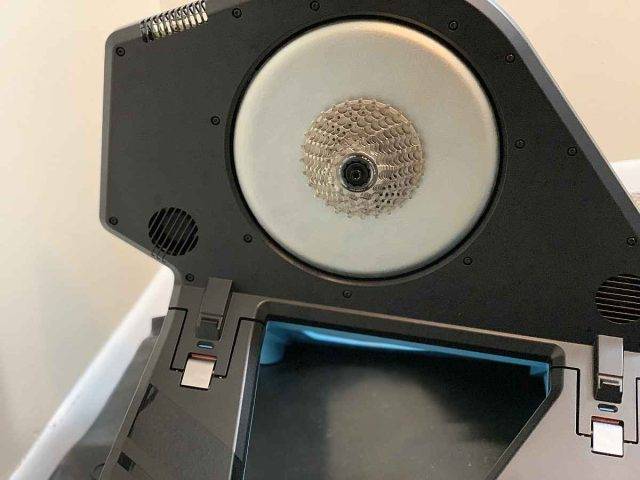
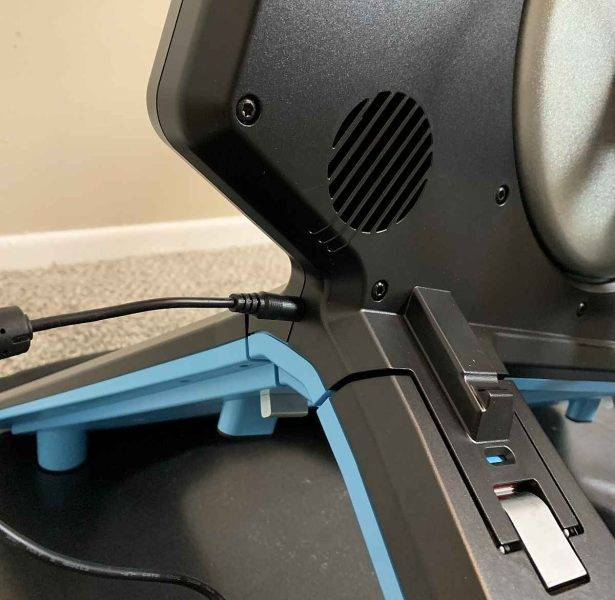
The Garmin Tacx NEO 2T comes with a front wheel block, power cord, skewer, and adaptors for different bike frames. For my testing, I am using a rim brake road bike, but by placing the proper adaptors onto the trainer, disc brake frames work too.
When you initially plug the trainer in, the red light on the side will turn on. Once a Bluetooth connection is established with the trainer, a blue light (not shown) will turn on.
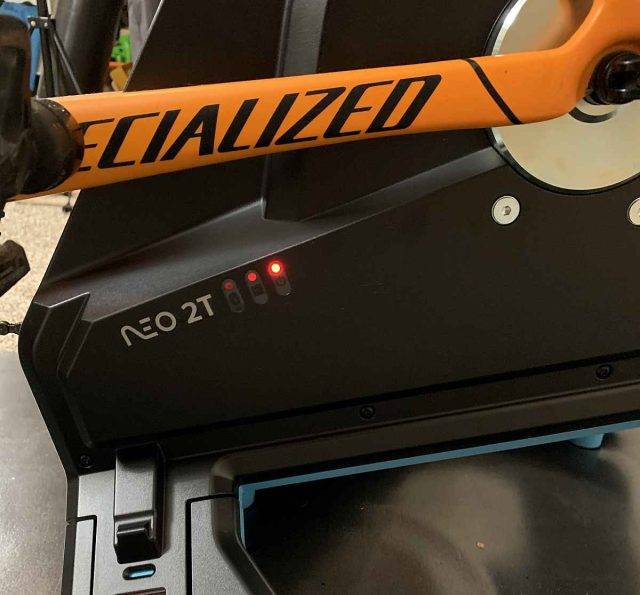
Initial Use
Initially riding on the Garmin Tacx NEO 2T felt a bit harsh since my previous trainer was able to swing side-to-side a lot. This made the NEO 2T feel very stiff and bouncy. If I rocked to the side, it felt as if the trainer would aggressively throw me back to the opposite side. The NEO 2T isn’t rock solid stiff though, it allows for a few centimeters of side-to-side movement. The initial feeling was more dramatic than what was actually happening (only because I was used to my previous trainer having huge side-to-side movement). After riding it for a while, I feel quite comfortable, and it doesn’t feel harsh anymore.
Now that I have been using Tacx NEO 2T for a few months I believe it has helped me smooth out my pedaling and side-to-side movement. Also, I think my previous trainer was having me develop bad cycling habits. The trainer no longer feels too stiff, and I no longer feel the abrupt reaction forces from the trainer from side movement. I am now used to the feel of the trainer, and I think it has a good amount of movement.
Trainer Modes
The Garmin Tacx NEO 2T offers two types of riding modes. Controlled or uncontrolled. Even some of the “uncontrolled”/unstructured ride modes are just a subset of ERG mode with only a little resistance.
Controlled
ERG mode is a controlled mode where power is set to a certain amount. For example, to simulate a steep grade when following a course, the resistance is increased. Thus, when descending, resistance is set to zero. A structured workout on ERG mode will fix the power to the target power and as your cadence changes the resistance changes to hold that target power for a given interval.
ERG mode is part of what makes a smart trainer “smart.” It allows you to follow a virtual course and the resistance changes with the terrain. When using ERG mode on the NEO 2T, it is recommended to set the chain onto the small or middle chainring and the middle cog on the cassette. This allows for a quieter experience, less stress on the chain, and more responsive resistance changes. Riding in the big chainring will cause the flywheel to spin faster making it harder for the magnets to change the resistance. A faster spinning flywheel has higher inertia which makes for longer changes in the inertia. You can get the same resistance with a slower spinning flywheel since the NEO 2T uses a virtual flywheel.
A subset of ERG mode are controlled workouts. There are various ways to control a workout, be it though Movies (on Tacx App), Slope, Power, FTP, GPX file.
- Movies allows you to follow a virtual course as you watch a pre-recorded ride of the course.
- Slope controlled allows you to set a grade and the resistance is set to simulate the grade. A correct rider weight is needed to simulate the real feel most accurately.
- Power controlled allows you to set a specific wattage you want to hold.
- FTP is like power controlled but will be a percentage of your FTP.
- GPX file allows you to follow a GPX route with resistance adjusted to simulate the terrain.
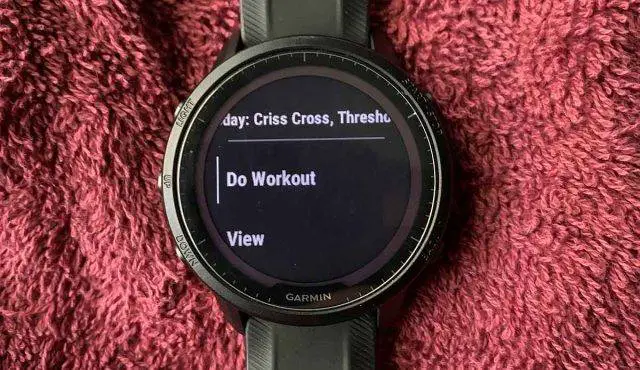
Uncontrolled
Free Ride is a blank slate where you ride however you want. Though free ride is technically uncontrolled, free ride is really a controlled mode with the resistance set low. Free ride allows you to manually shift gears to change resistance and gives a similar feel to riding on the road. Free ride allows you to control your cadence and maintain a certain power depending on the gear you are riding in.
Free ride allows me to follow a structured workout on my computer screen, thus hitting the target power and desired cadence more easily. Free ride takes more concentration than following an ERG mode workout. If you aren’t paying attention in free ride, you can easily miss an interval, which I have done a few times.
Free Ride is only available on compatible Garmin Edge and Smart Watch devices. When selecting Free Ride with my Forerunner 955 Solar, it automatically sets the trainer to Slope mode at 1%. Unfortunately, there is no direct Free Ride mode using the Tacx App.
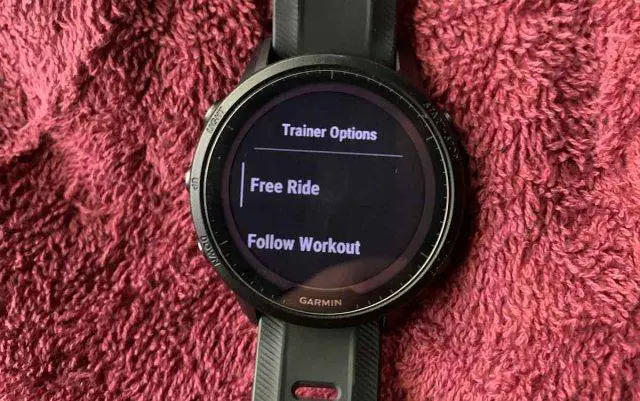
But there is a work around.
To do an unstructured workout you can either create a workout on the Tacx cloud and set slope to 0.0% or perform a manual workout on the Tacx Training App. With the trainer already paired to your app, select a Slope workout, and adjust the grade as necessary. You can adjust the slope before starting the ride, but you can also adjust it during the ride too.
As mentioned above, in free ride mode, you will be able to change gears manually to increase/decrease resistance.
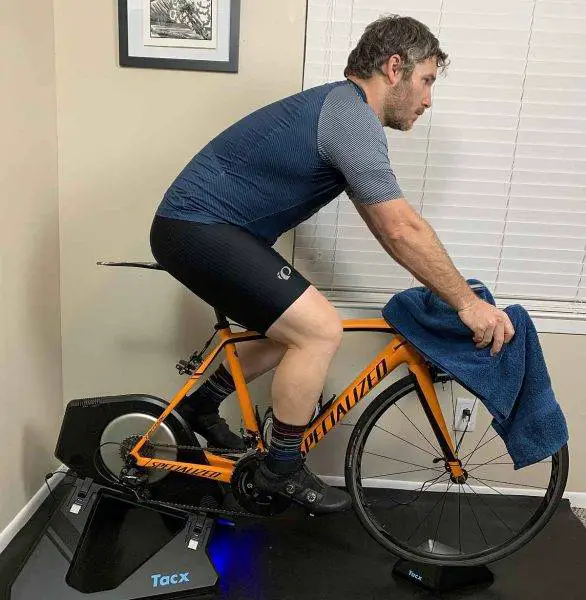
Unplugged
Another cool feature of the Garmin Tacx NEO 2T is that you can ride it unplugged. Even while riding unplugged, you still get Erg mode and full control of the trainer using the app or a Garmin device. The trainer is powered by pedaling. The only feature you don’t get if it is unplugged is the Descent Simulation, which spins the flywheel forward when you are “descending” while following a course in an app. This gives a more realistic feel to real cycling while descending.
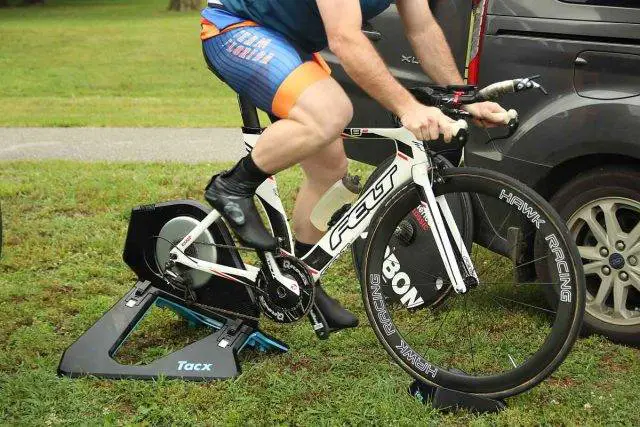
The new Garmin Edge 840 Solar is perfect for controlling the Tacx NEO 2T.
Stand Alone Mode
The Garmin Tacx NEO 2T also allows you to go completely off grid. No power, no apps, no worries. The trainer will simulate a flat road. The faster you ride more resistance is applied, like how a fluid trainer works.
Features
Road Feel is a feature that works with Tacx software or the Zwift app to simulate different road surfaces. The trainer will vibrate differently depending on the type of simulated surface you are riding on, such as cobblestones. Road Feel seems a bit gimmicky, but it does help the user feel more immersed into the virtual ride. This feature is meant to enhance the experience and it doesn’t necessarily provide any training benefit.
Motion Plates (sold separately) add forwards and backwards movement, paired along with the side-to-side movement of the NEO 2T, this creates multidirectional movement that is more realistic to a real bike. The Motion Plates allow you to adopt a more natural position and to train more effectively. Motion Plates were not tested in this review.
The Dynamic Inertia flywheel is designed to simulate riding outdoors. Dynamic inertia compensates the mass inertia depending on the rider’s weight. Thus, user to user experiences will be more similar. Also, when plugged into a power source, the flywheel will continue spinning forward to simulate downhill drive.
The trainer has a light underneath that shines on the floor once you start pedaling. The light changes color as you increase the intensity. Blue light means low intensity (shown in picture) and red is high intensity, and it has a few different colors in between.
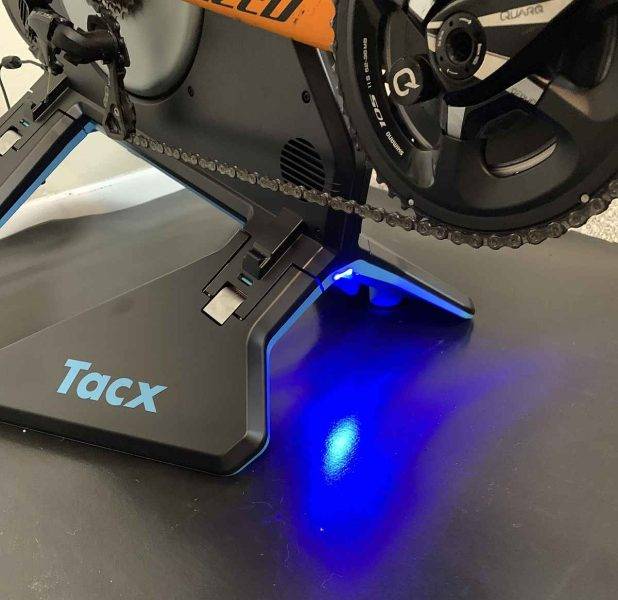
Tacx Training App
The Tacx Training App allows you to use your phone, tablet, or desktop to perform your virtual cycling. You can watch high-quality training films of different locations all around the world. You can create and sync rides from your Edge bike computer to help you prepare for an upcoming ride or race. You can race against friends or live opponents from across the world (these features require the Premium version).
While riding you can see live performance data and once you are done with your ride your stats upload to Garmin Connect. The Tacx Training App allows you to build custom workouts based on target slope, power, or FTP. The app allows you to do multi-stage challenges and complete your Garmin Connect Badge Challenges.
Possibly one of the best features for the athlete looking to increase their performance is the offered structured workout training plans. A training plan can be created to match with your goals and needs. Choose your training plan intensity based on W/kg, then you choose the number of rides per week, either 3, 4, or 5.
Training and Syncing with Garmin Connect
A great feature of using the Garmin ecosystem is the interconnectivity of the devices. Using the new Garmin Edge 840 Solar you can control the Tacx NEO 2T during your workout and you can see your stats live as you ride. Just pick your workout, choose from a daily suggested workout, calendar synced workout, or Garmin create training plan. And yes, the Garmin 840 Solar can take screen shots.
Choose your workout. This is a calendar workout synced to my training peaks account.
Garmin 840 Solar data screen to control the NEO 2T during workout.
Garmin 840 Solar workout screen. The bottom two data boxes are customizable.
After your workout is complete and with your Garmin connected to WIFI, your ride data will sync to your Garmin Connect account to update your health data. Your training load data, etc. will sync across all your Garmin devices after a few minutes once all your devices have synced up.
Pre-workout acute load on left, and post-workout load on the right.
Post workout analysis on left and weekly exercise load graph.
Power Analysis
I want to preface this analysis with my opinion that power accuracy is not extremely important. Also, since there is no standard for calibrating power meters, comparing two power meters is akin to Segal’s law. The adage goes, “A man with a watch knows what time it is. A man with two watches is never sure.” So, when comparing two power meters, the most you can get out of them is if they are following a similar trend and the relative difference between the two devices. You can’t know which device is truly right, but hopefully they are close. Therefore, the most important thing in training, is consistency, be it showing up and doing the work, as well as your power meter giving consistent readings.
The human body is not that sensitive (down to the Watt) to training stresses. What is most important is that over a period of 4-6 weeks when you retest your FTP, it has gone up. Thus, if your power meter is reading consistently over that time, you can accurately gage fitness increases/decreases, and you/your coach can make training adjustments.
For this analysis I will be riding in ERG mode doing a workout on my Garmin Connect calendar. I am following the workout from my Garmin Forerunner 955, which is recording power from a spider-based power meter. I am also recording power from a set of dual-side power meter pedals, and I am recording the Tacx NEO 2T on a tablet using the Tacx App.
First thing of interest is the power spikes above or below the new power target when transitioning between intervals. Personally, I don’t think this means much or tells you much especially on transitions that are very large. Theoretically, if you pedaled perfectly there would be no spike/dip, or if the interval transition changed gradually over a few seconds versus instantaneously, the spike could be reduced/removed. The spike is just an artifact of the instantaneous change in resistance and user’s overcompensation/under compensation to the resistance change.
Next, I will look at the first 500 seconds of the ride to compare the statics between the devices. The power dropouts are treated as NAN (not a number). Normalized Power was developed to represent what the power of a highly fluctuating ride would be as if it were steady state. Thus, it doesn’t make sense to compare the entire ride average without using NP which is not the purpose of this comparison.
| Workout | NEO 2T | Pedal PM | Spider PM | |
| Avg. Power (W) | 214 | 212.7 | 218.1 | 219.1 |
| Standard Deviation (W) | 0 | 3.44 | 5.98 | 6.07 |
| COV (%) | 0 | 1.62 | 2.74 | 2.77 |
The NEO 2T on average, slightly underestimated the power by a little more than 1 W and had a standard deviation of a little more than 3 W. The Pedal PM average was about 5 W higher, and the Spider PM was about 6 W higher than the target. The standard deviation for the other two power meters were about 6 W. Comparing the coefficient of variation between the power meters, they are all quite low.
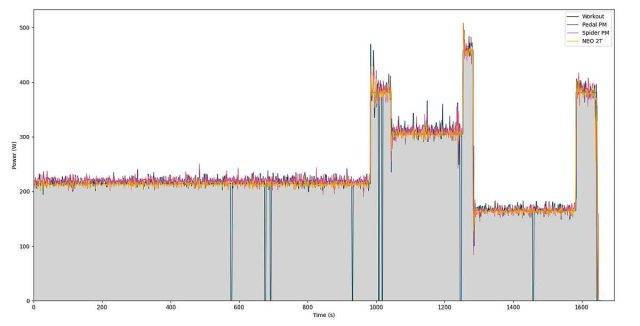
Above: Interval workout with 3 power meters recordings. The pedal power meter had quite a few power dropouts. Power spikes and dips can be seen at the interval transitions.
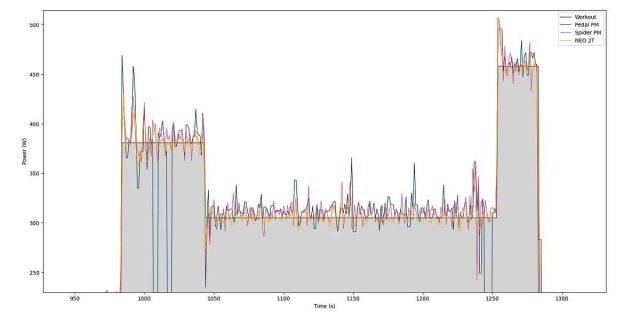
Above: Zoomed in look at the first interval set. Large spikes can be seen at the transitions, but they level off quickly. The smallest spikes tend to be seen by the Tacx NEO 2T.
Using the target power workout from the workout shown in the figure above as the baseline, I calculated the percent difference (above and below) for each device. Again, you can see the power dropouts from the pedal power meters, and you can see the large spikes that correspond to the interval transitions. These spikes are very short lived, thus again, showing they don’t mean too much.
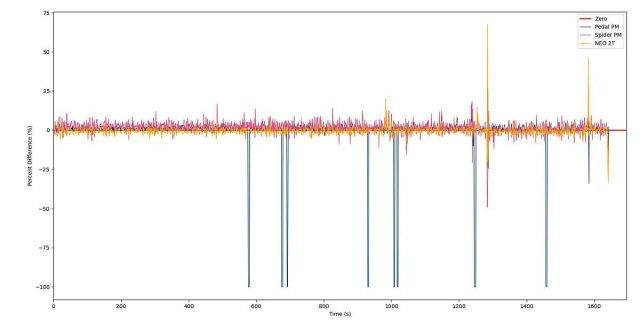
What I am really interested in, and the part that is most important to look at, is the steady state power and how the power differences compare. Steady state power is where you will tend to spend most of your time while training or riding, so this is where you expect power meter devices to perform well. Also, the factory calibration and claimed accuracy percent values are probably for steady state power. I will zoom in on the first 500 seconds of the ride and analyze it.
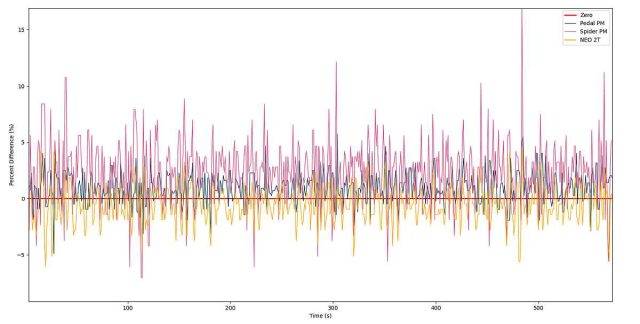
At first glance, you will find the data is very noisy, which is quite expected. You can see that the percent difference of the NEO 2T trends below the zero line whereas the spider-based PM trends above it. The spider-based PM is significantly noisier in both the positive and negative direction with quite a few spikes over 10% difference. The pedal PM trends above the zero line but not quite as much as the spider PM.
I expected the spider-based power meter to perform the best but clearly it comes in last place. The pedal power meter appears to be performing well but is overestimating the power. The power spread seems to be small but when transitioning between intervals it doesn’t do as well as the other two. The NEO 2T does seem to slightly underestimate the power but performs the best. The Tacx NEO 2T power spread is the smallest. The power spikes aren’t very drastic, and it was the closest to the target power. I am quite surprised by how well the Garmin Tacx NEO 2t compared to the other power meters.
Thoughts
What I love about the Garmin Tacx NEO 2T is that it has been extremely reliable. This is something so seemingly small because you expect a product to work as intended. My previous trainer had many issues but with the NEO 2T I did not have any power dropouts or connectivity issues.
This is my second direct drive smart trainer and my fifth trainer I have used over the years of training. By far this trainer is superior to my other trainers. Direct drive is so much better than the wheel-on styles, and smart trainers provide a huge improvement in user experience than “dumb” trainers.
The initial setup is so easy and once the trainer is connected to your device(s), getting started on your ride is quick and easy. The NEO 2T also folds up compactly and allows you to easily store it, a great feature for people that have a small space or want to travel to races with it. Once the legs are folded out, the wide base makes the NEO 2T very stable and the slight rocking ability makes it very comfortable to use.
The Tacx NEO 2T has so many ways it can be used. There is a method for everyone. I am not big on Zwift or Erg mode; I prefer free ride, but you can seamlessly connect to Zwift and ride for hours. You can also use the Tacx app, which offers many features. Or if you just want to follow a training plan on a compatible device (Garmin Edge or Forerunner 955) to control the trainer, the NEO 2T will provide the resistance you need.
I prefer Free Mode because I can control my cadence and gearing to achieve my target power. In Erg mode, your power is held constant no matter if cadence can be high or low. In theory, this should produce the ultimate workout, but riding in free mode requires more concentration. You need to pay attention to the upcoming intervals and make sure you are hitting your target power, and to me it provides a more realistic riding feel.
The way I use the Garmin Tacx NEO 2T almost feels like having the newest most advanced cell phone and only using it to send text messages. One could say, I only need an entry level trainer or even a wheel-on trainer for how I’m using it, but I would argue differently. The quality, reliability, and simplicity of the NEO 2T makes indoor cycling pleasurable.
The Tacx NEO 2T is extremely quiet. It is hard to believe how quiet it is. It does not matter if you are pedaling hard at a high cadence or easier at a low cadence, it sounds about the same. All the noise you are going to be hearing is coming from the bicycle drivetrain. Unfortunately, if you are trying to impress someone with how hard you are pedaling and they are not watching you, they won’t know the difference if they are just listening in the next room over.
My previous trainer was extremely noisy, I just didn’t realize how loud it was until using the NEO 2T. Having the previous noisy trainer really helps me to appreciate the quietness of the NEO 2T. It is impressive that Garmin Tacx made the NEO 2T Smart Trainer so quiet. In my opinion, this alone is reason enough to upgrade your trainer if you are on an old noisy trainer.
If you are in the market for a new trainer or are just wanting to upgrade, I recommend the Garmin Tacx NEO 2T be your next one. The Tacx NEO 2T doesn’t disappoint. If you are looking for industry leading technology, excellent customer support, and a reputable company that has been around for many years and will continue to be around for many more, Garmin Tacx NEO 2T is the smart move.
More information about the Garmin Tacx NEO 2T Smart Trainer.
About Jason Lopez
Jason Lopez of JayLo Cycling is a Structural Design Engineer based in Huntsville, AL. He is an avid cyclist and has over 10 years of combined experience between riding, training, and racing. His first love is road cycling, but he will have a heavy focus on gravel riding and racing this year. When not riding his road or gravel bike, you can probably find him somewhere lost in the woods on his MTB or on another bikepacking adventure.


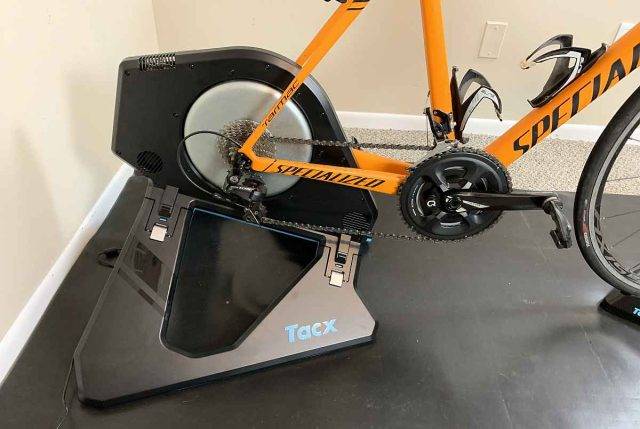
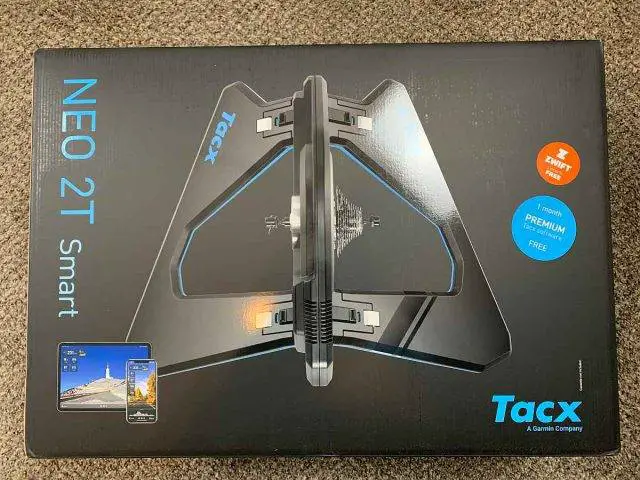
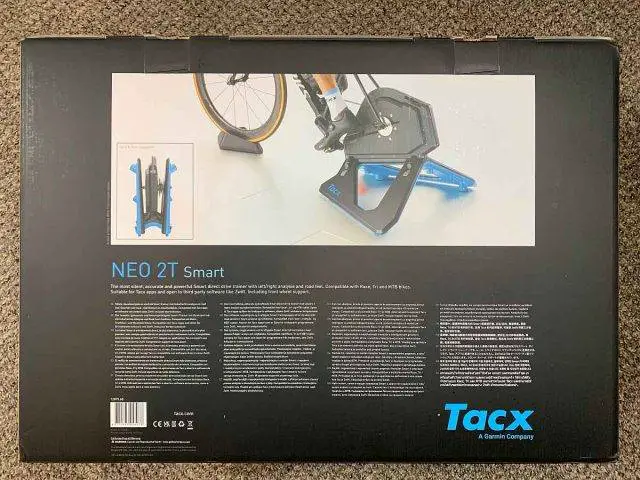
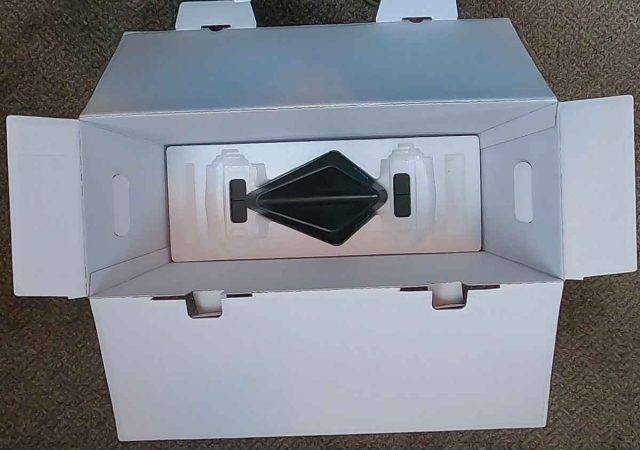
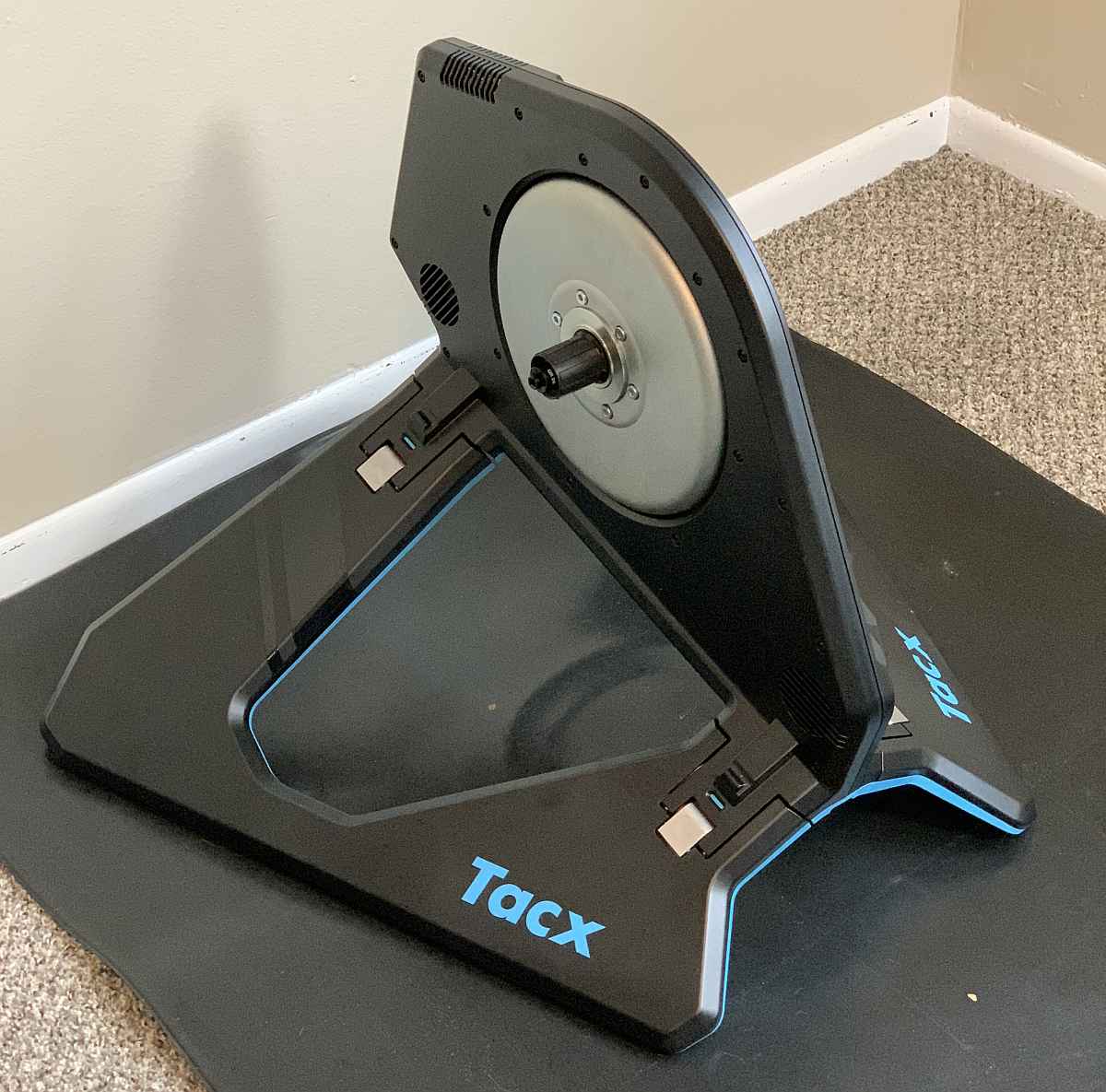
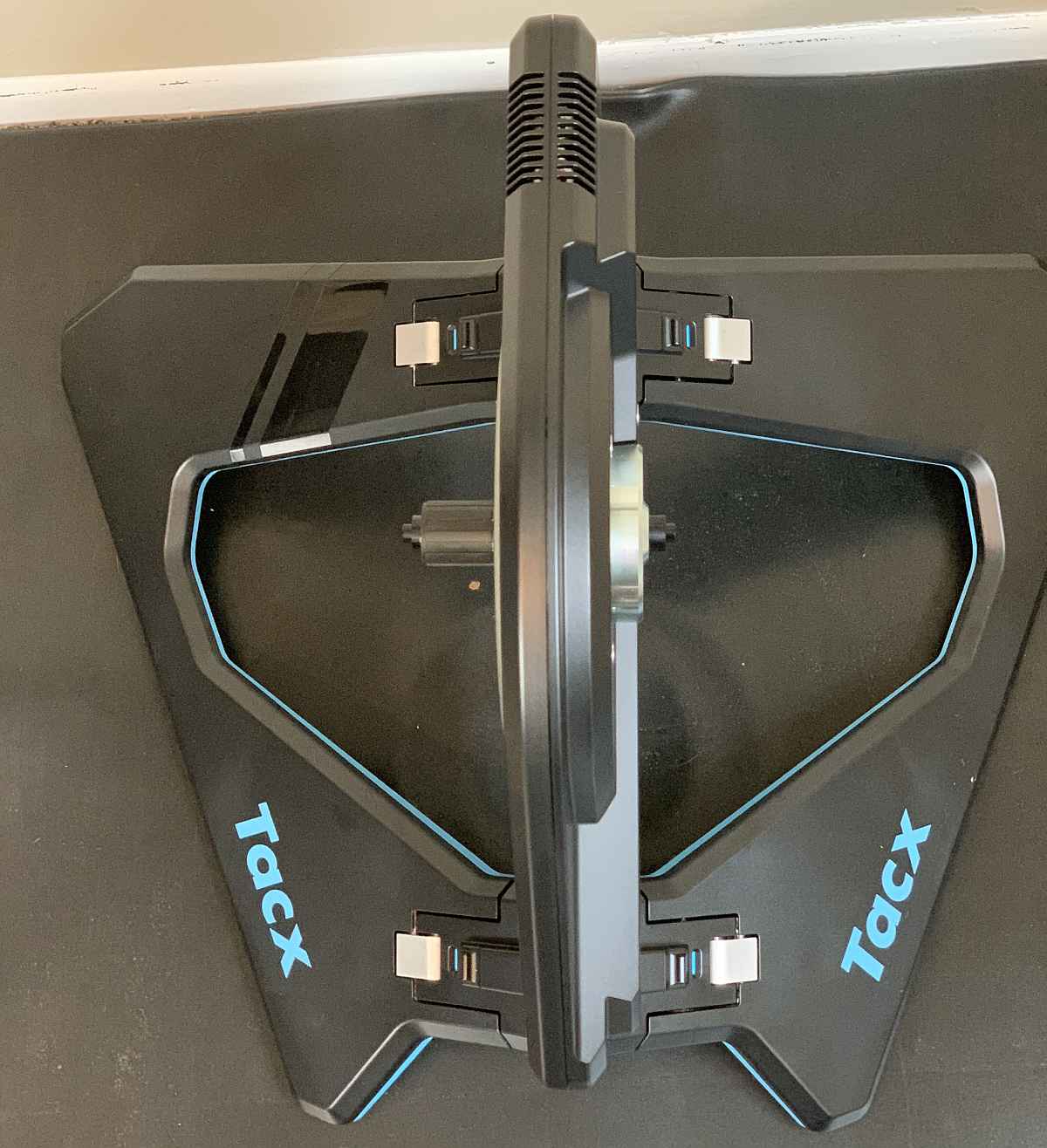
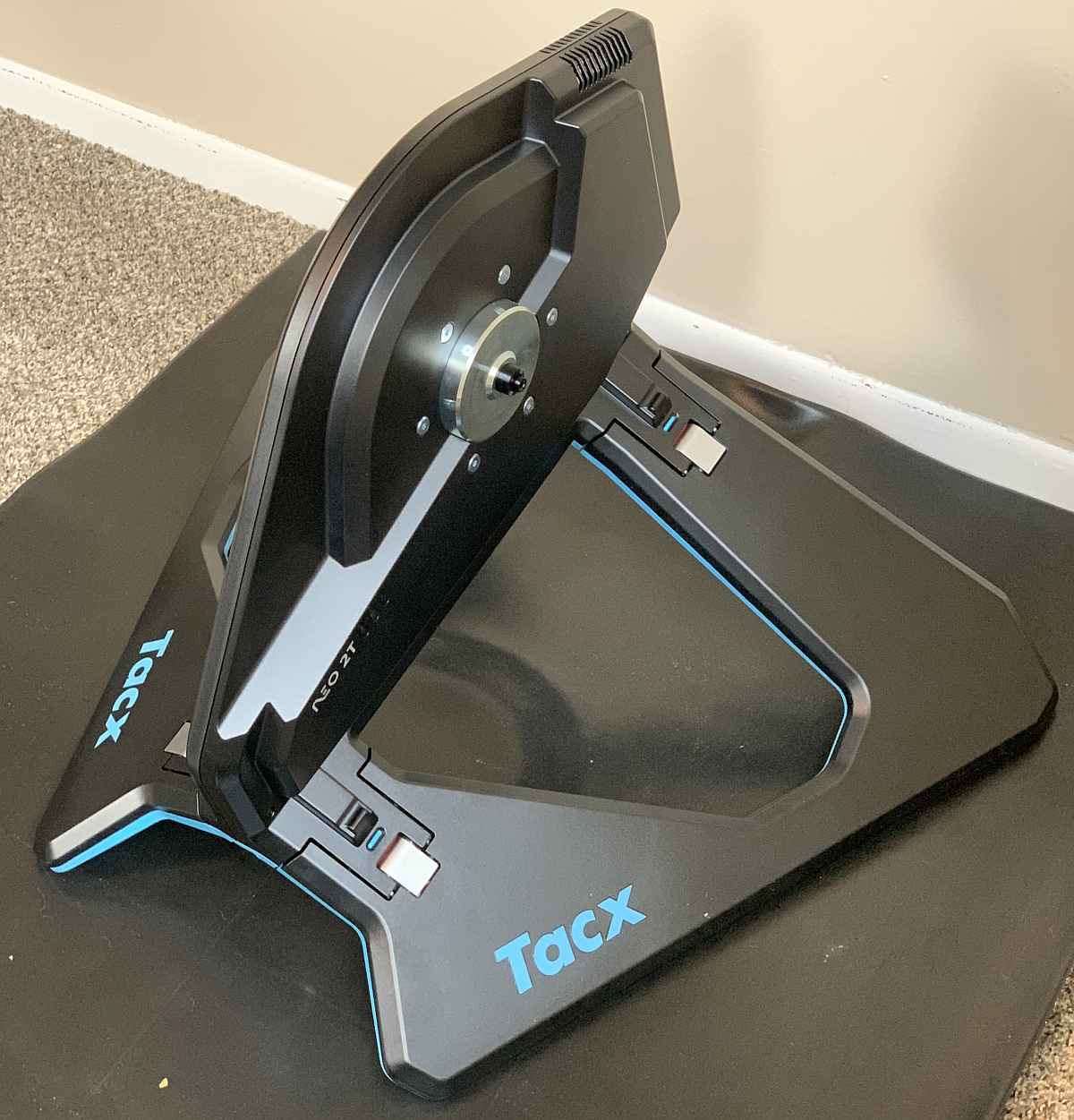
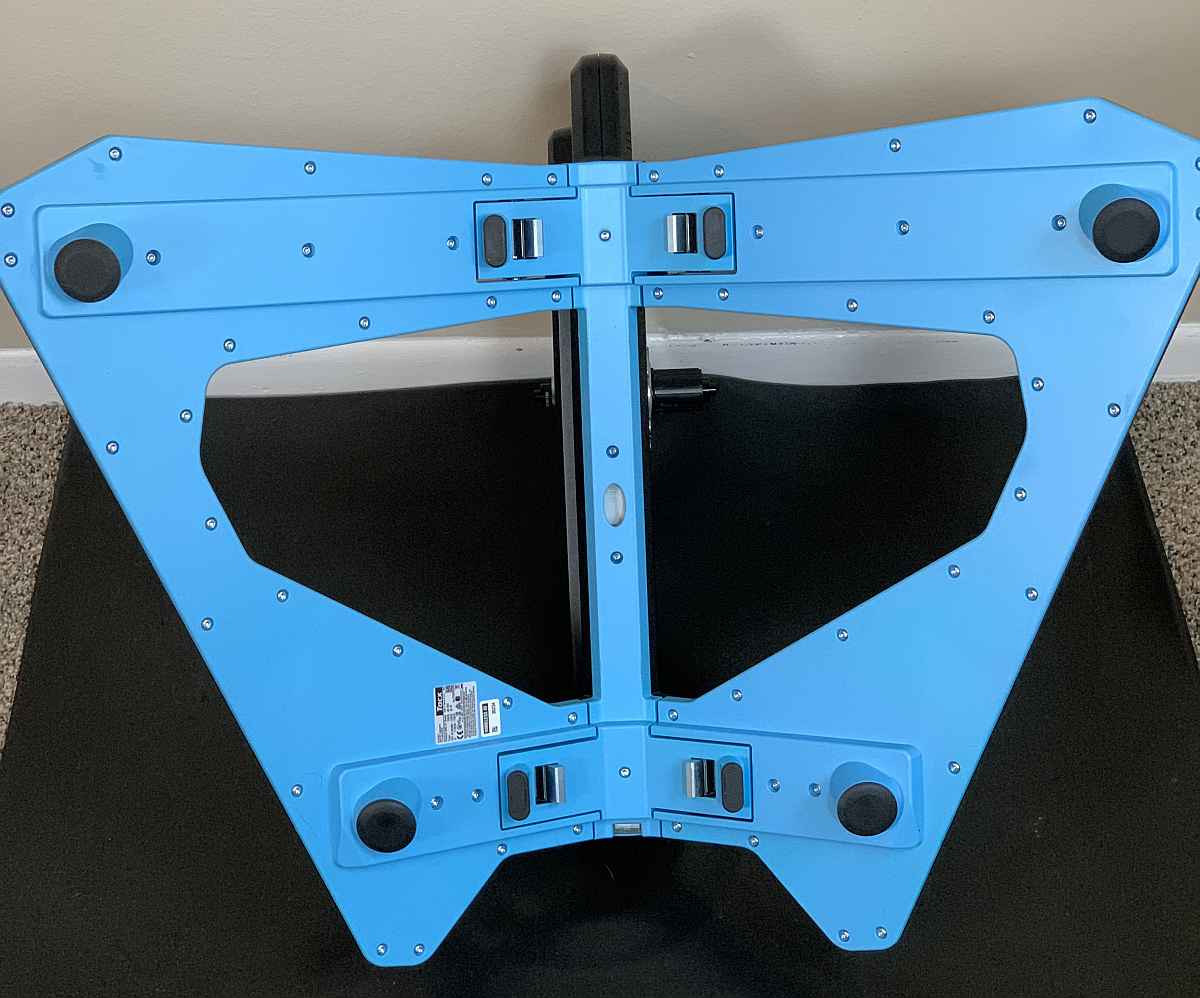
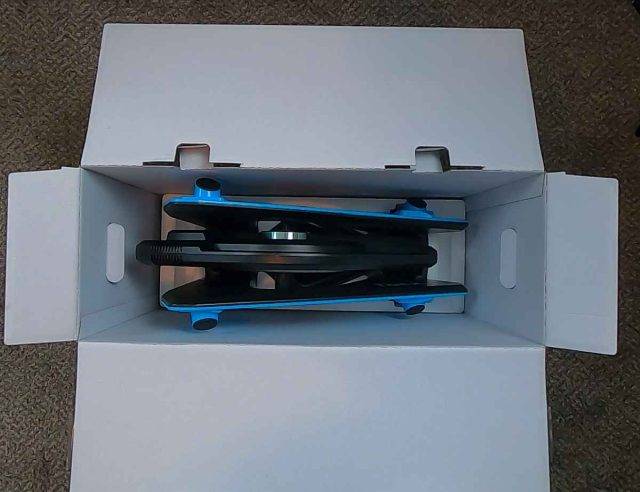
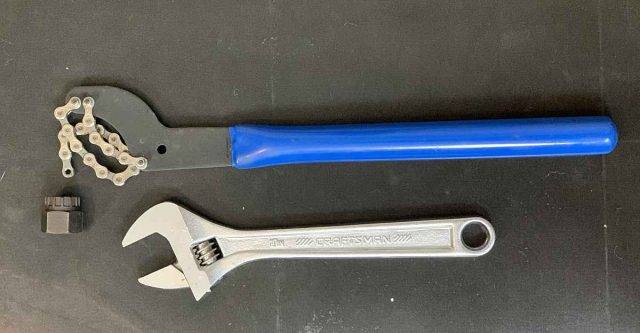
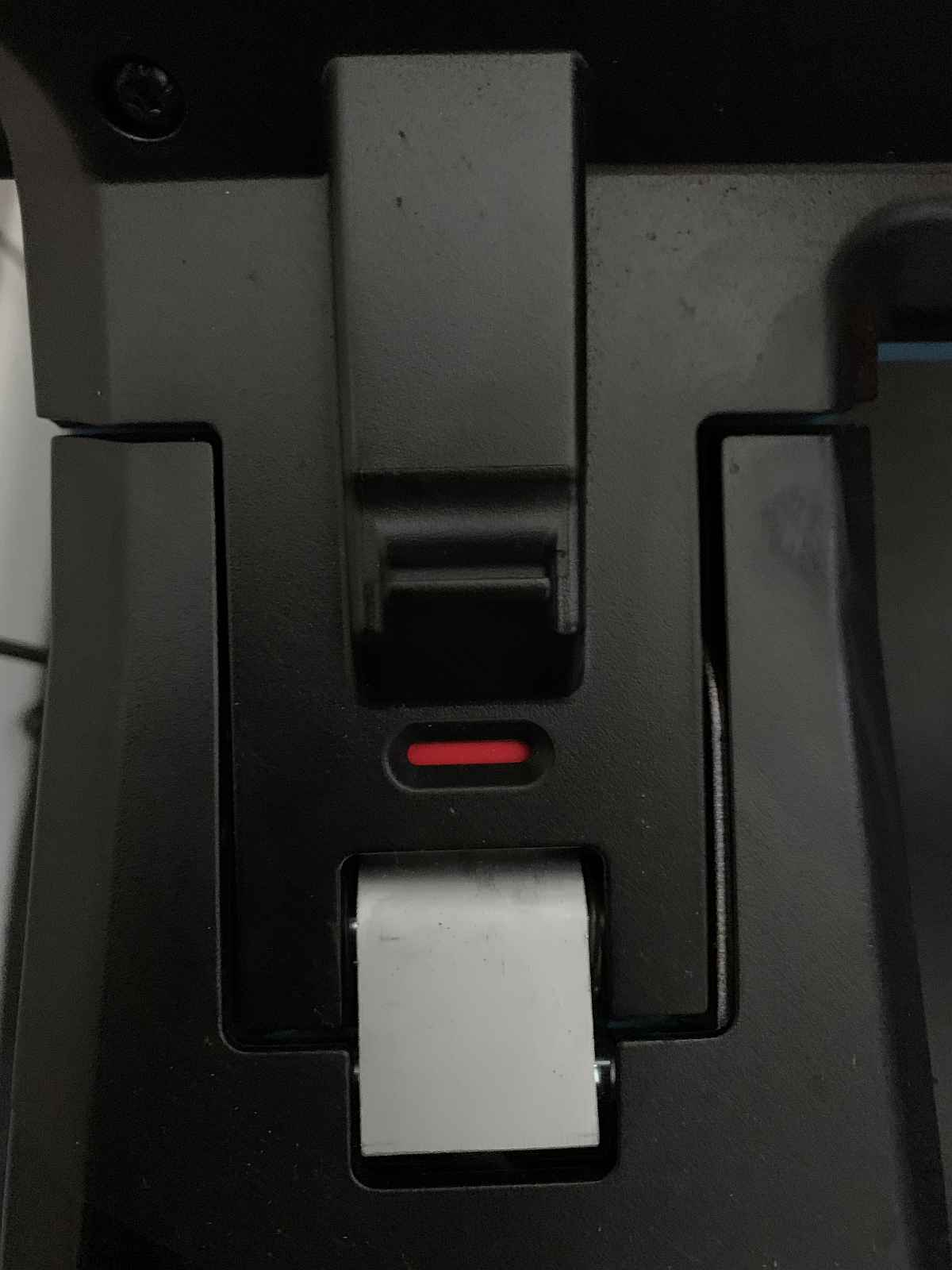
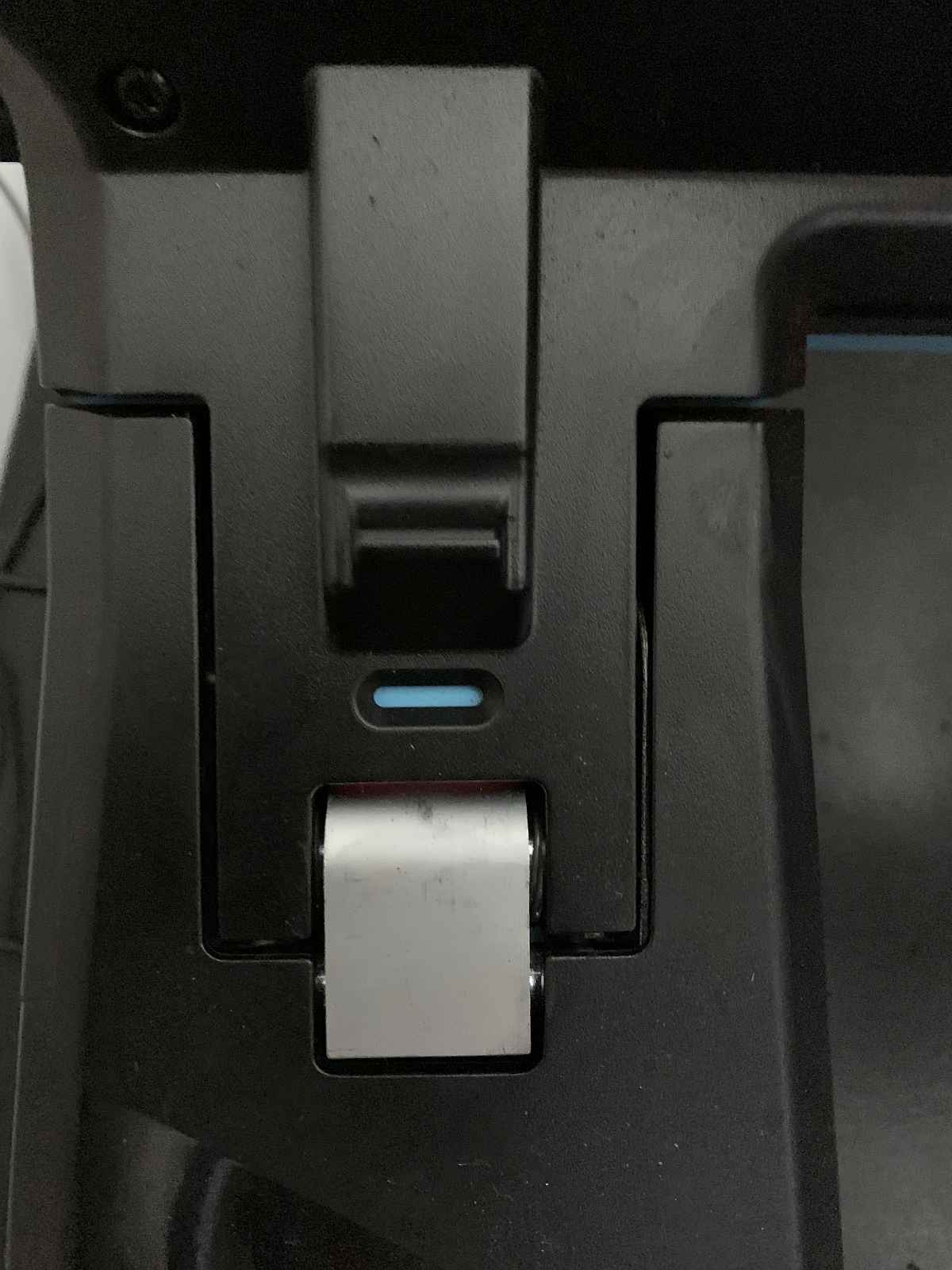
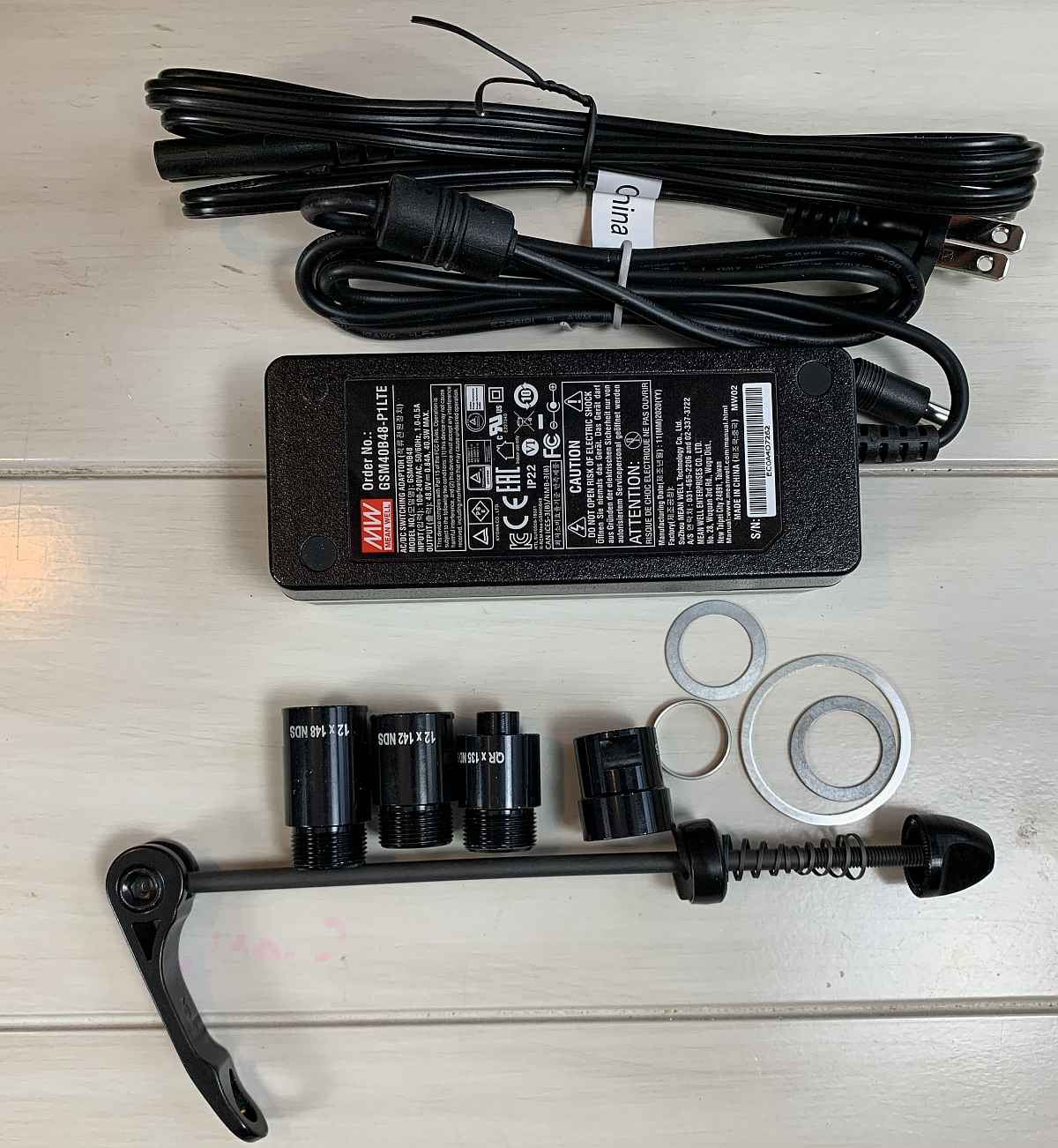
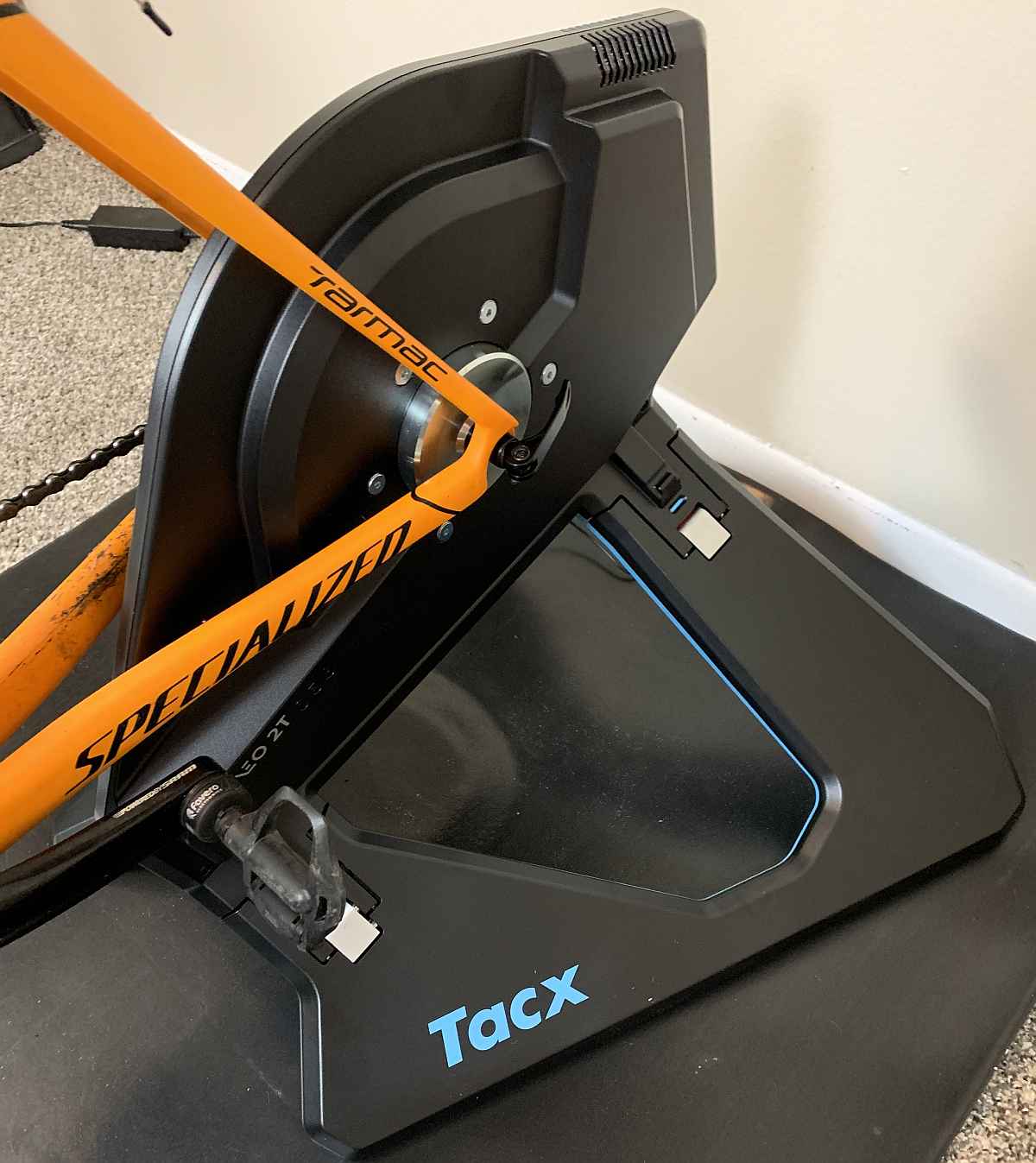
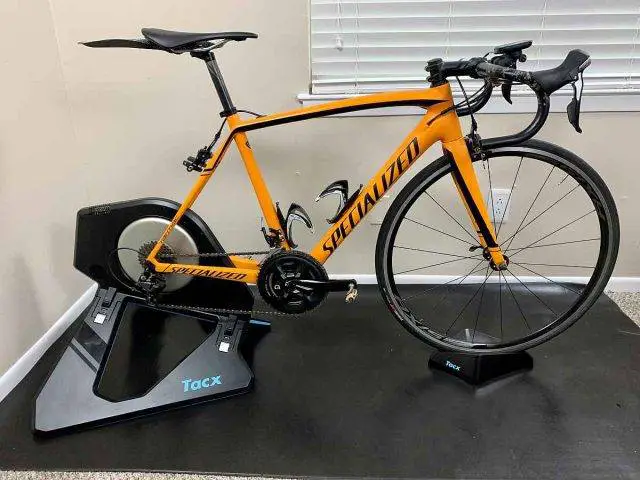
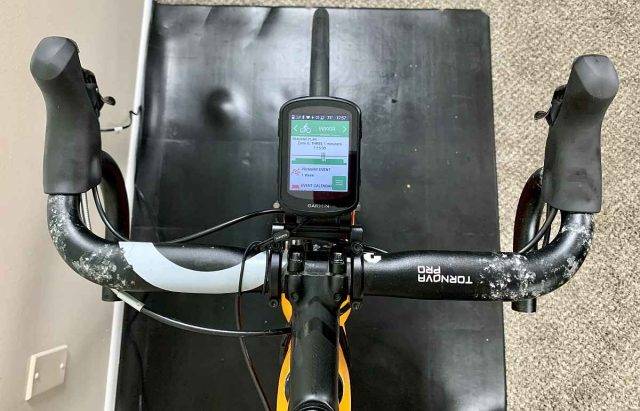
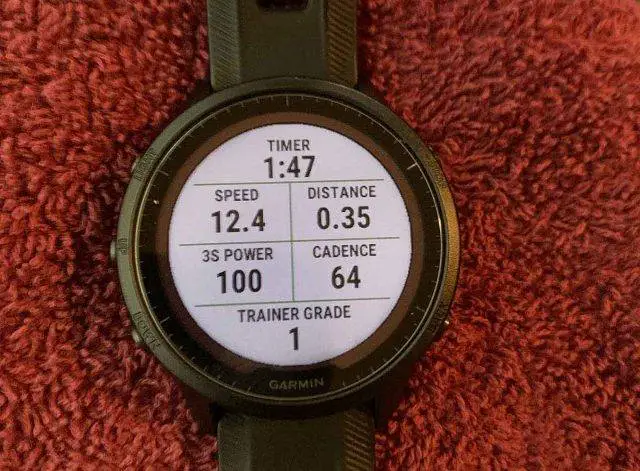
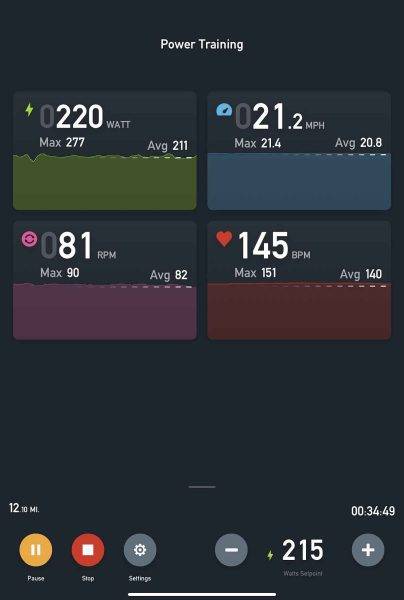
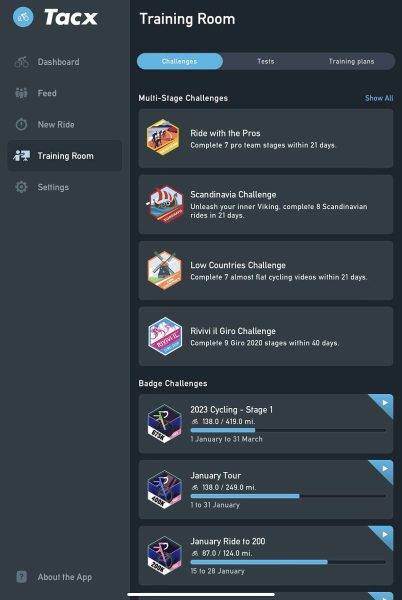
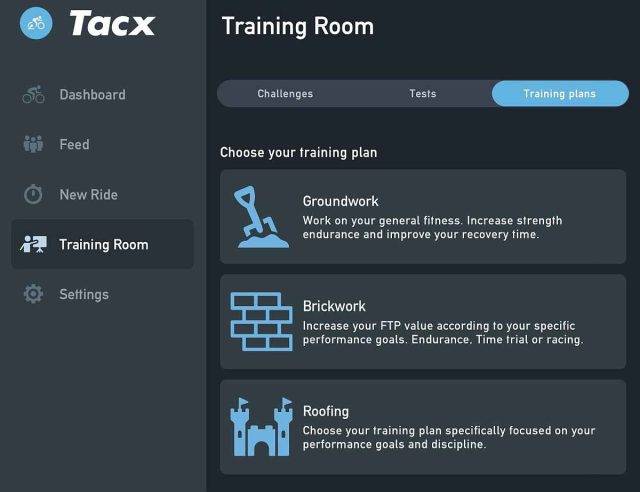
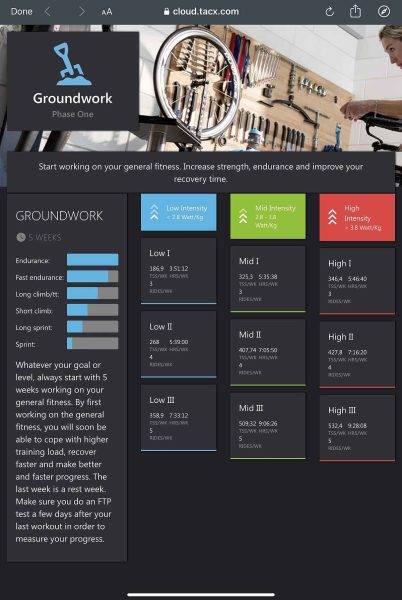
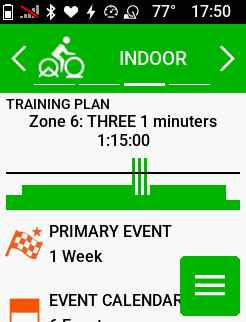
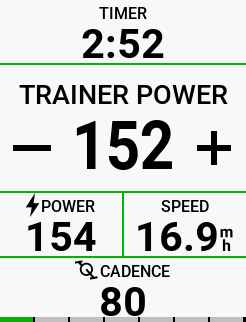
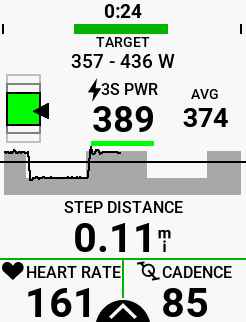
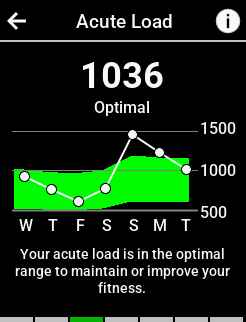
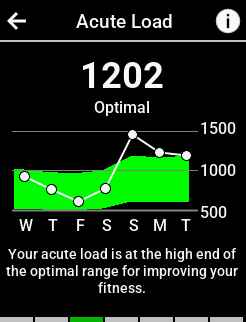
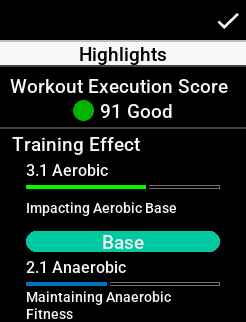
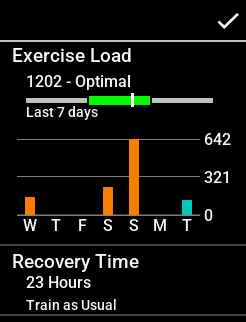
What was your previous smart trainer? I have had a Kickr V5 for five years but it recently died and I am looking for a replacement and found your review very useful.